Back in the 1960s, America was facing a battle that could have gone completely wrong if Frances Kathleen Oldham Kelsey did not fight to stop it. She was a Canadian-born American pharmacologist and physician, who refused to authorize the approval of thalidomide because of the concerns she had about the drug’s safety.
She was a reviewer for the US Food and Drug Administration (FDA), and she was able to detect that the drug can cause severe congenital deformities and infant deaths when taken by women who are pregnant. However, at this time, the side effects of thalidomide were only just being discovered.
During her first month working at the FDA, she took a stand and stopped thalidomide from entering the market because she was concerned with some of the data that suggested dangerous side effects in patients who took the drug repeatedly. The application from the drug maker behind thalidomide also lacked the evidence to show the drug’s safety.
The story of Kelsey is important to pay attention to as it presents an important message to the scientists who are racing to find a vaccine against COVID-19. The world was hit with a drug in the 1960s that sought to help many but instead caused a lot more complications. Without the strong stance that Kelsey took against thalidomide, the spread of deformities would have placed a larger impact on society.
In our current time, the global pandemic requires a vaccine to help society move forward. However, it’s important to remember that clinical trials and regulatory oversight must be completed in the same way as any other new therapy before putting the vaccine on the market.
What Exactly is Thalidomide?
Thalidomide is a sedative drug that was discovered at the end of the 1950s. This discovery caused a worldwide tragedy. The aim of the drug was to relieve pregnant women from nausea, but this caused irreversible damages to their unborn children. Some babies were born with no limbs, severe congenital malformations and some did not survive more than a few days after birth.
The chemical formula for thalidomide is C13H10N2O4, . The drug was synthesized in 1954 in Western Germany by Chemie Grünenthal. They found that the drug had a sedative effect that could be of interest to some. It appeared to be an alternative to barbiturates because it was not seen as toxic or to have as many side effects. They say that when overdosing on this drug, it only caused deep sleep — rather than death — which barbiturates caused in many cases.
Thalidomide was first marketed as an anti-flu drug, then as a hypnotic, and it was available without a prescription. In 1958, the drug was marketed in the United Kingdom. Afterwards, several countries began taking this drug to market under different brand names. There were about 40 different names for thalidomide worldwide.
The drug was being prescribed and encouraged to be used by doctors because of its ability to eliminate pregnancy nausea and thus was distributed widely.
Chemie Grünenthal, the makers of thalidomide, had repeatedly lied to the authorities and doctors who had reported complaints and often claimed that this was the first time they heard about nerve damage associated with use of the drug. At other times, they dismissed the side effects as allergic reactions or overdoses of the drug.
The first concerns around the drug’s safety were brought up in Western Germany in October 1961, and it was not until six weeks later that the drug was withdrawn from the British and German market. In some countries the drug was still available until the end of 1963. It was estimated that 15,000 children were born with malformations due to thalidomide.
Thalidomide’s History in the US

In the United States, when Kelsey received the documentation for Richardson-Merrell’s New Drug Application (NDA) for Kevadon, — the US trade name for the drug thalidomide — it was only the second NDA Kelsey had received. This meant she was not over-worked at the job yet, allowing her to study the NDA properly. What she noticed was that the clinical trials were insufficient in that the physician reports were too few, and based on physician testimonials rather than scientific studies. This is when she decided to reject the application that was later withdrawn in 1962.
After the application withdrawal, the dangers of the drug were spread internationally. Congress then passed the Kefauver-Harris Amendment. The amendment laid the groundwork for scientific safeguards used by the FDA “to ensure that consumers will not be the victims of unsafe and ineffective medications.”
President Kennedy awarded Kelsey with the President’s Award for Distinguished Federal Civilian Service and she holds the title as the second woman to receive such an honor.
In her memoir, Kelsey says that the honor did not belong just to her. “I thought that I was accepting the medal on behalf of a lot of different federal workers,” she writes. “This was really a team effort.”
Why is This Important Now?
The world is currently at a standstill as the novel coronavirus spreads across continents, making COVD-19 a global pandemic. Economies have been crashing, businesses are losing money and people have lost their jobs worldwide. With a virus that is spreading very fast and easily, scientists are racing to find a vaccine.
Frances Kelsey’s story underlines the importance of approving new drugs correctly, only after strong scientific evidence has been collected. According to President Donald Trump’s administration, they believe they could develop a vaccine within 12 to 18 months. However, when The New York Times asked immunologists, doctors and other professionals how long it would take to develop a vaccine against COVID-19, they predicted it would not be available to market until May 2036. Moreover, even when fast-tracked, it could take until April 2032 to approve a vaccine.
Therefore, it is important to remember that when developing a vaccine that will be used by the masses, it should follow necessary approval protocol and timelines in order to reduce the possibility of negative side effects. The severity and widespread nature of COVID-19 cannot be allowed to push regulators to cut corners in an effort to shrink timelines in the development of a vaccine.


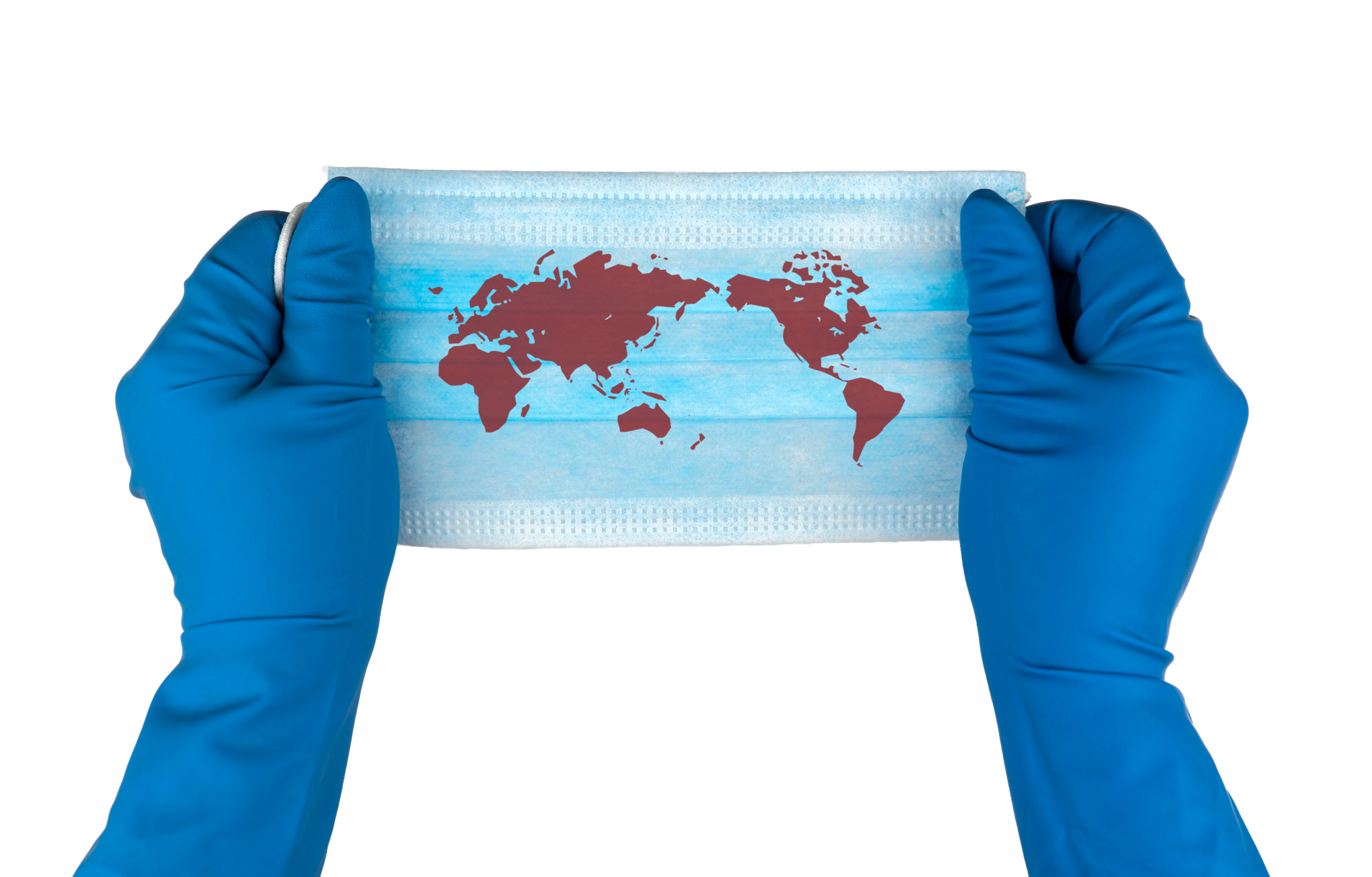
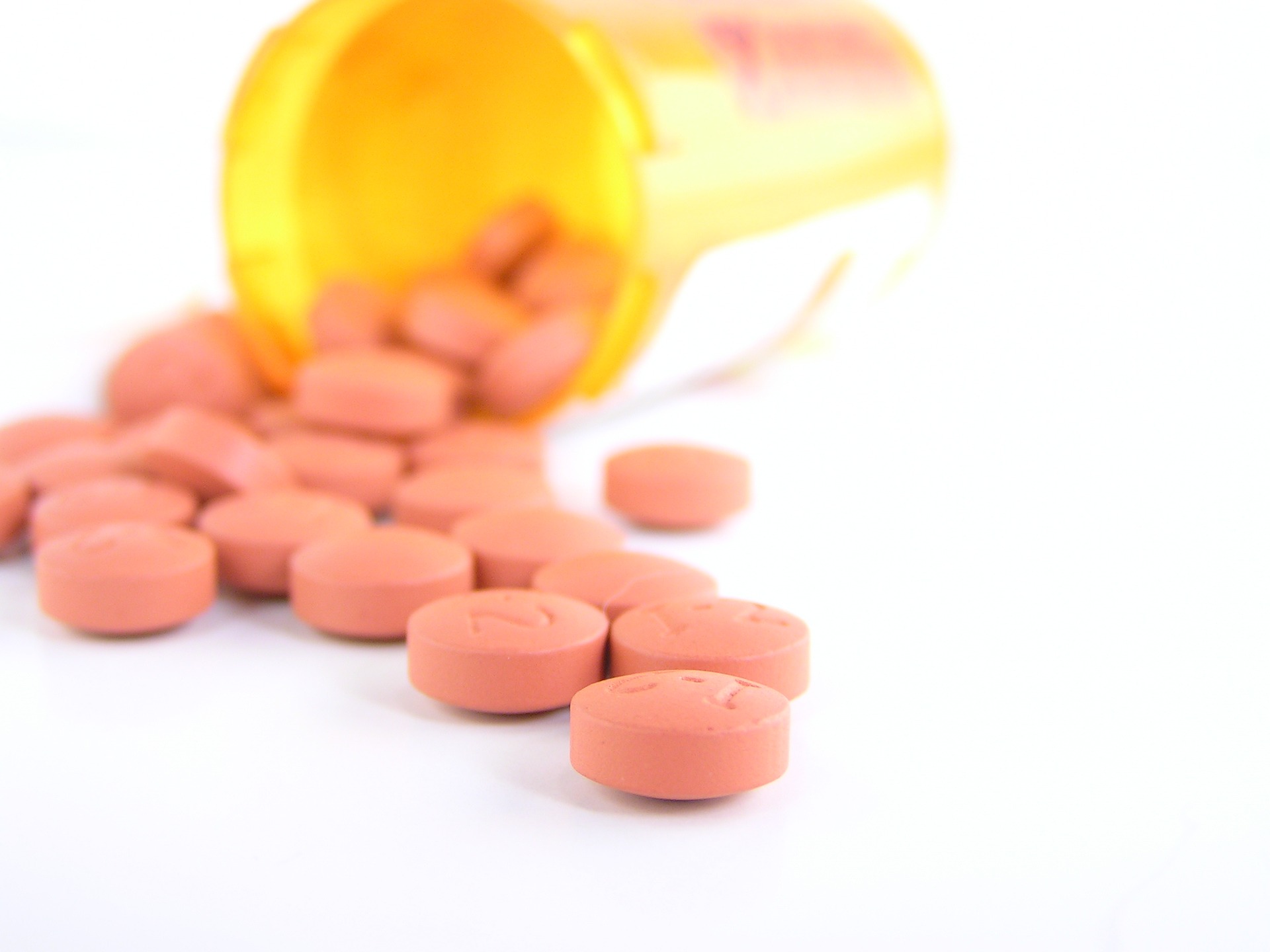
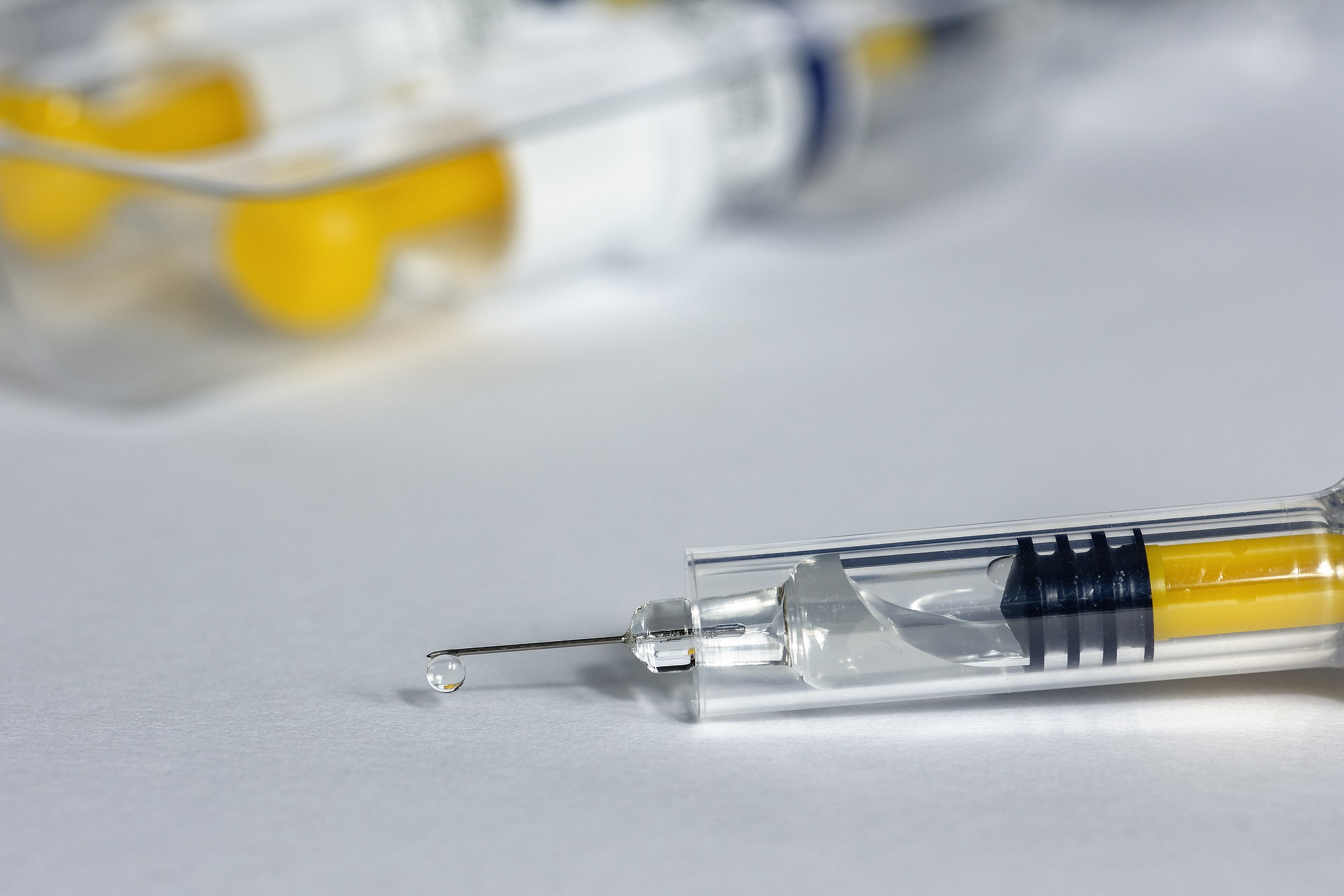
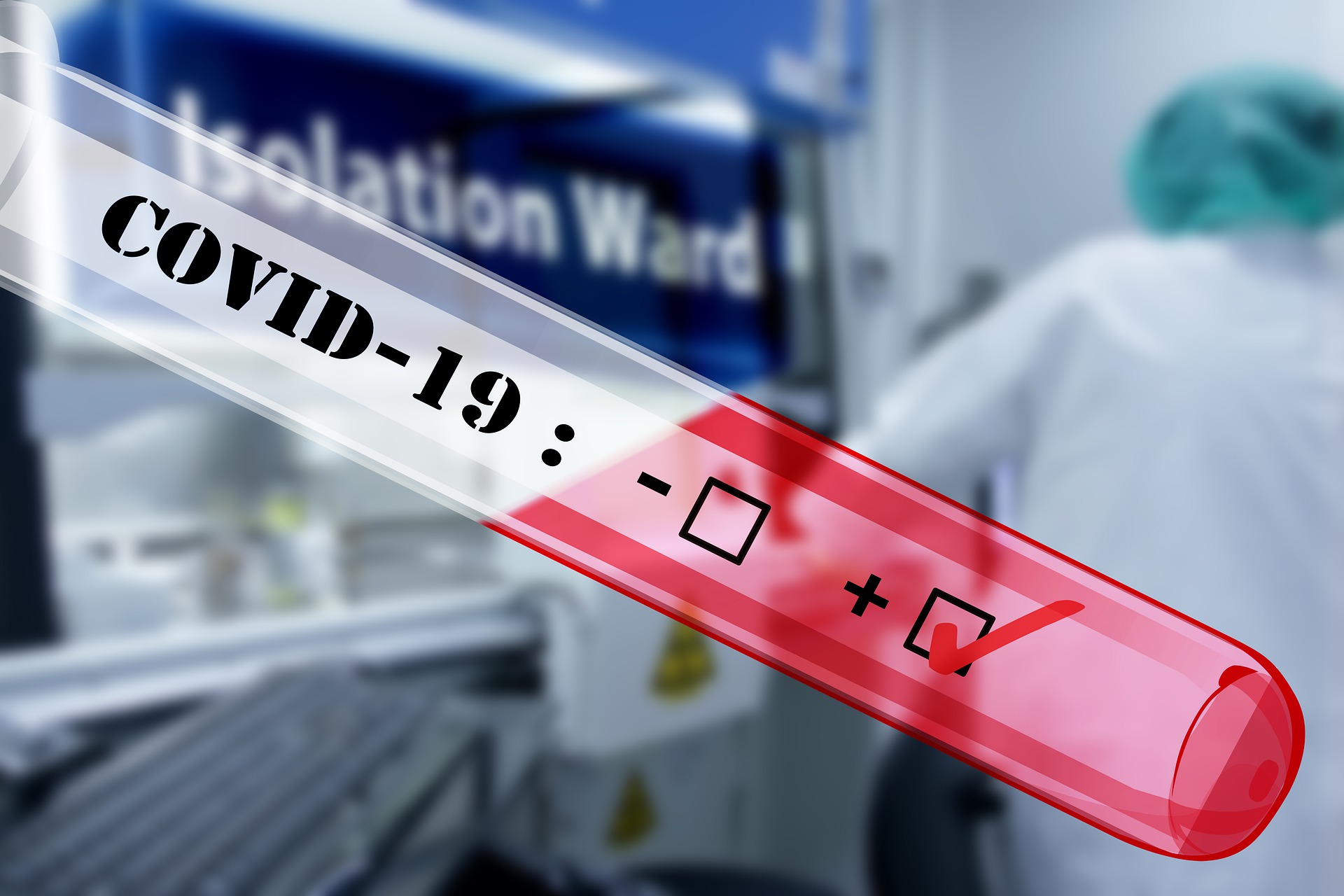
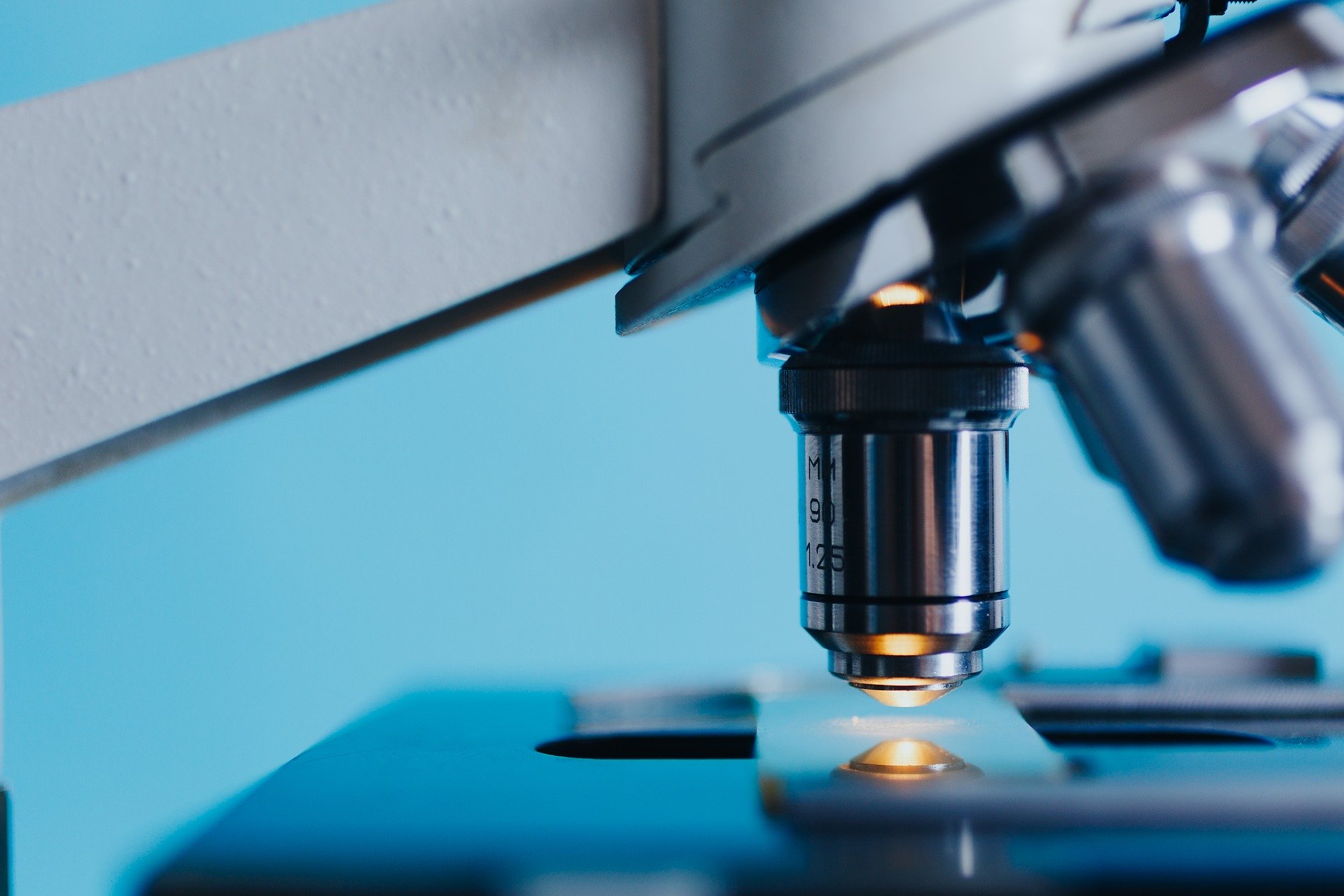





Join or login to leave a comment
JOIN LOGIN